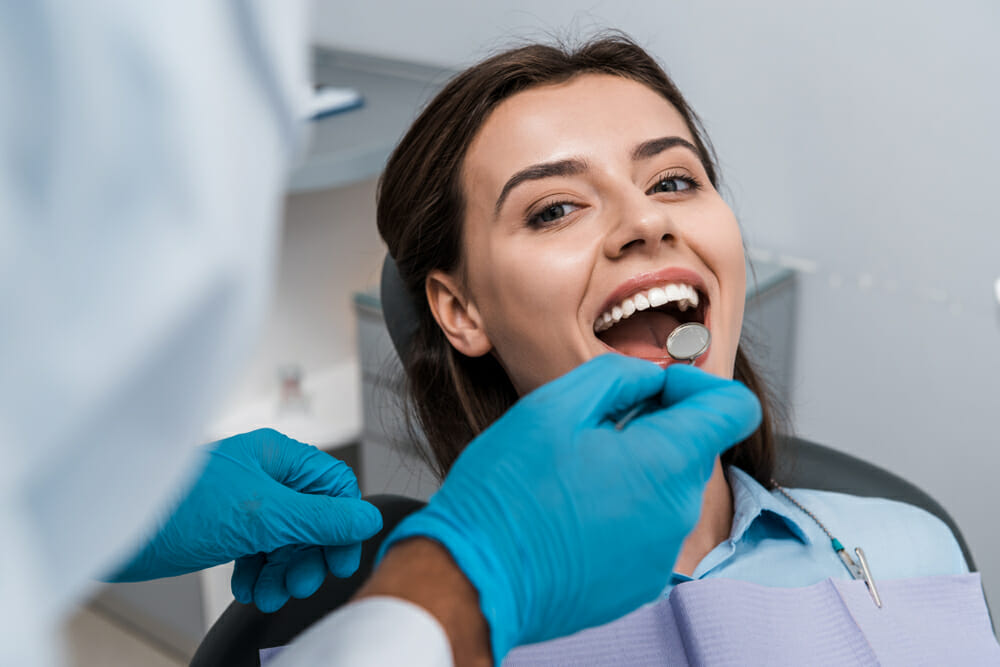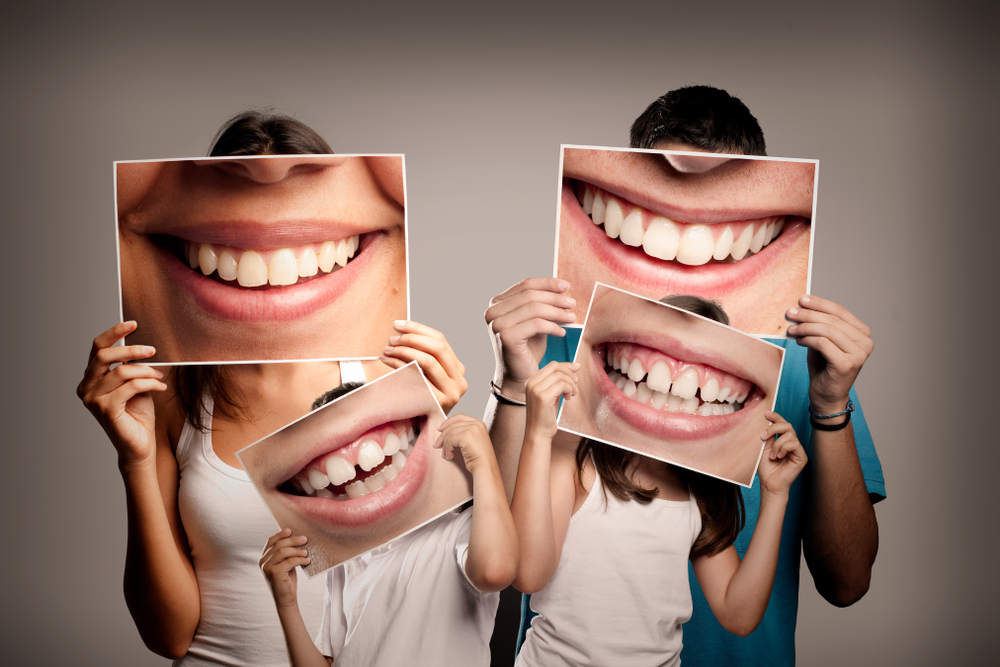Legacy Orthodontics - An Overview
Legacy Orthodontics - An Overview
Blog Article
Excitement About Legacy Orthodontics
Table of ContentsThe Best Guide To Legacy OrthodonticsLegacy Orthodontics Things To Know Before You BuyA Biased View of Legacy OrthodonticsSome Known Details About Legacy Orthodontics The Single Strategy To Use For Legacy Orthodontics
In addition, we supply flexible therapy routines, flexible repayment options and a fun, satisfying experience.An orthodontist is a dentist trained to identify, avoid, and deal with teeth and jaw abnormalities. Orthodontists work with individuals of all ages, from children to adults.
Malocclusion, or misaligned teeth, can bring about dental issues, consisting of dental cavity, gum condition, and challenging or unpleasant eating. But not everybody is birthed with straight teeth. If you have a poor bite or large spaces between your teeth, you may intend to get in touch with a dental practitioner specializing in orthodontic care.
Things about Legacy Orthodontics
( Image Credit Rating: DigitalVision/Getty Images) Orthodontists use repaired and removable dental tools, like dental braces, retainers, and bands, to transform the placement of teeth in your mouth. Orthodontic treatment is for dental irregularities, consisting of: Misaligned teethBite issues, like an overbite or an underbiteCrowded teeth or teeth that are too far apartJaw misalignmentThe goal of orthodontic treatment is to boost your bite.
A healthy bite ensures you can eat, chew, and speak effectively. While you could assume of orthodontists as mostly for youngsters or teens that require dental braces, they can remedy oral troubles at any kind of age. Orthodontists attend college, dental institution, and orthodontic institution. After graduation, they spend 2 or 3 years in an orthodontic residency program.
, yet not all dental experts are orthodontists. They concentrate on 2 areas: Exactly how to effectively and securely move teeth How to correctly direct growth in the teeth, jaw, and faceOnce an orthodontist has completed training, they have the choice to become board accredited.
9 Easy Facts About Legacy Orthodontics Shown
Malocclusion leads to tooth overcrowding, an irregular jaw, or uneven bite patterns. Malocclusion is usually treated with: Your orthodontist affixes steel, ceramic, or plastic square bonds to your teeth.
If you have just minor malocclusion, you may be able to make use of clear braces, called aligners, as opposed to conventional braces (https://www.behance.net/brianmccune). Some individuals require a headwear to aid relocate teeth into line with pressure from outside the mouth. After braces or aligners, you'll require to wear a retainer. A retainer is a custom-made tool that maintains your teeth in location.
They're frequently utilized on youngsters. They can develop extra room in the mouth without needing to draw teeth. If you have a major underbite or overbite, you might need orthognathic surgery (also called orthodontic surgery) to lengthen or shorten your jaw. Orthodontists make use of wires, surgical screws, or plates to sustain your jaw bone.
You might require to see an orthodontist if you have: Crowding or not sufficient space for every one of your teethOverbite, when your upper teeth come by your bottom teethUnderbite, when your bottom teeth are also much forwardSpacing or concerns with gapsCrossbite, which is when your upper teeth fit behind your bottom teeth when your mouth is closedOpen bite or an upright gap in between your front base and upper teethMisplaced midline, when the facility of your base and top teeth do not line up Remedying an oral malocclusion can: Make biting, eating, and speaking easierImprove the proportion of our face and your total appearanceEase discomfort from temporomandibular joint disordersSeparate your teeth and make them much easier to clean, assisting stop tooth degeneration or tooth cavities It's typically a dental expert who initially notifications misaligned teeth during a routine test.
The Single Strategy To Use For Legacy Orthodontics

Throughout your initial orthodontic assessment, you'll likely have: A dental examPhotos taken of your face and smileDental X-raysPanoramic (360 degree) X-rays of your face and headImpressions to develop mold and mildews of your teethThese examinations will assist your orthodontist recognize exactly how to wage your treatment. braces. An orthodontist is a dental professional that's had training to treat your teeth and jaw
Orthodontists might execute surgery, exams,X-rays,and more to aid you acquire a much more comfy, healthier smile. An orthodontist is concentrated on your bite, so something like a cracked tooth would certainly be handled by a dental practitioner. Orthodontists are dental practitioners yet not all dentists are orthodontists. Orthodontists are focused on your bite, or the method your teeth fit with each other, and the straightness of your teeth.
Ever wondered how stars always seem to have flawlessly aligned teeth? The solution commonly depends on the competent hands of an read this orthodontist. However exactly what does an orthodontist do? Orthodontists are dental professionals that concentrate on correcting abnormalities in the teeth and jaws. Their knowledge goes past simply developing a beautiful smile; it includes improving your general oral health and function.
The Best Strategy To Use For Legacy Orthodontics

While dental braces are the most frequently acknowledged orthodontic therapy, orthodontists have a varied toolkit at their disposal. The details method chosen relies on the severity of the case, the individual's age, and private choices. These tried-and-true braces use a system of braces bonded to the teeth and attached by cables.
Clear aligners, like Invisalign, are a popular option for clients seeking a more discreet therapy choice. These removable trays are custom-made to progressively change the teeth's setting. Headgear may be used together with dental braces or aligners to apply additional targeted forces, specifically for dealing with jaw disparities. In situations of narrow jaws, palatal expanders can be used to create room for proper tooth placement.
Report this page